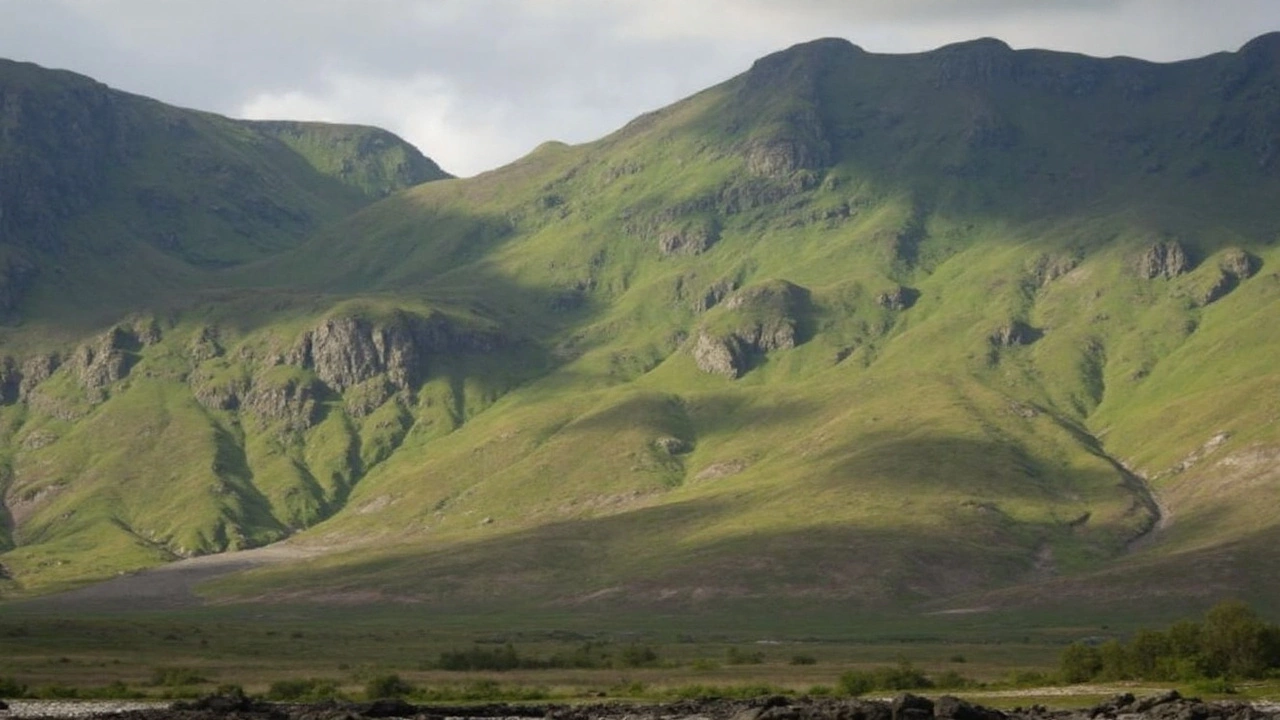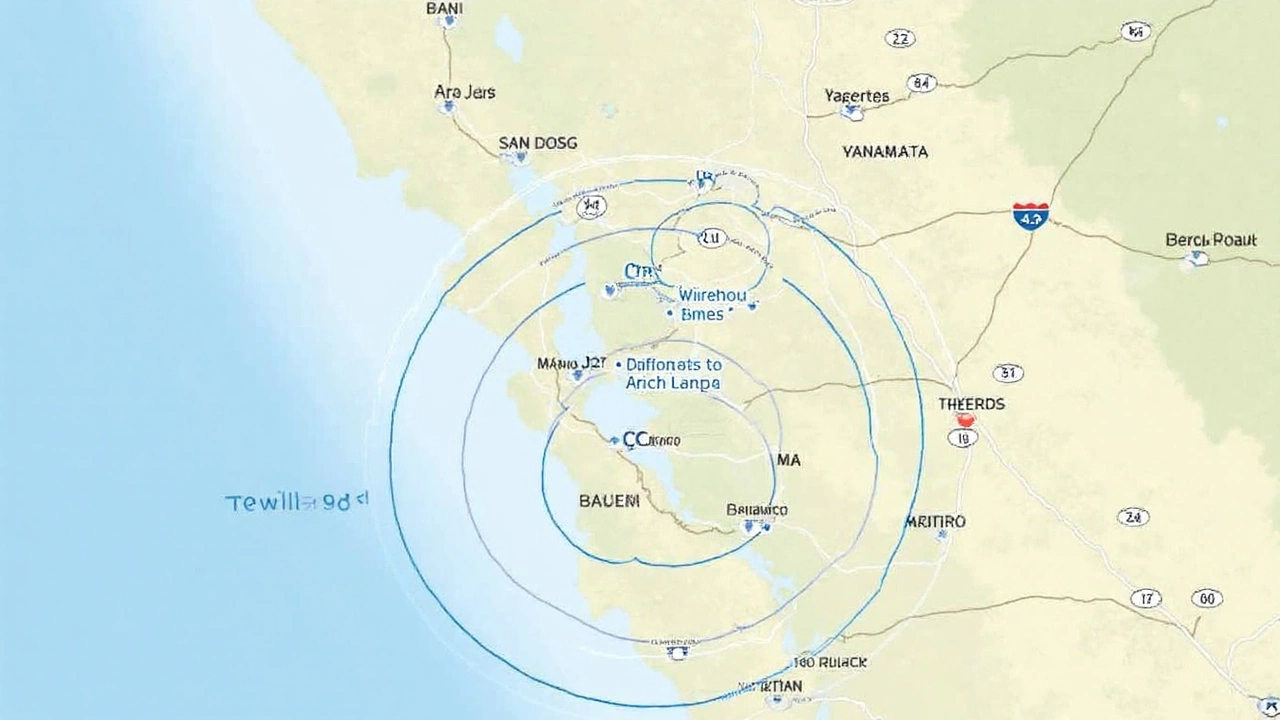What Happened and Who Felt It
At 2:56 a.m. local time on September 22, a earthquake Berkeley area recorded a magnitude of 4.3, according to the United States Geological Survey (USGS). The hypocenter was located just a few blocks east of the University of California, Berkeley campus, at a depth of roughly 7.8 kilometers (about five miles). Within minutes, the USGS platform logged 22,110 individual reports of people who felt the shaking.
The tremor rippled through the Bay Area, reaching as far north as Santa Rosa and as far south as Stockton. Residents in Oakland, Alameda, and even parts of the East Bay described a brief, sharp jolt that lasted less than ten seconds. The National Weather Service’s tsunami advisory service confirmed that no tsunami threat existed, a relief for coastal communities that often worry about sea‑level effects after larger quakes.
- Santa Rosa – northernmost reports
- San Francisco – downtown shaking
- Oakland – noticeable floor vibrations
- Alameda – light rattling of windows
- Stockton – faint tremor felt in the outskirts
Despite the wide reach, emergency crews found no immediate injuries or structural damage. Local hospitals reported zero trauma cases tied to the event, and insurance adjusters have not logged any claims for broken glass or minor repairs.

Why Berkeley Is Seismically Sensitive
Berkeley’s reputation as a seismic hotspot isn’t new. The city sits atop the Hayward Fault, a major branch of the San Andreas system that slices through the East Bay. In 2017, Horst Rademacher of the Berkeley Seismological Laboratory famously noted that UC Berkeley is the only major university with a “dangerous earthquake fault running through its campus.” The fault runs perilously close to iconic landmarks such as California Memorial Stadium and the Sather Tower (the Campanile).
Historically, the Bay Area has experienced several notable quakes, including the 1989 Loma Prieta event (magnitude 6.9) that caused widespread damage and over 60 fatalities. More recent activity, like the 2020 Ridgecrest sequence (magnitude 6.4 and 7.1), reminded residents that even moderate‑size earthquakes can trigger panic and aftershock swarms.
Scientists are still analyzing the September 22 tremor to pinpoint the exact fault segment responsible. Preliminary seismograms suggest it could be a smaller subsidiary strand offshoot of the Hayward system, but definitive identification may take weeks of waveform modeling.
Authorities advise locals to stay prepared for possible aftershocks, which can range from barely perceptible to strong enough to rattle hanging objects. Residents are encouraged to review “Drop, Cover, and Hold On” drills, secure heavy furniture, and keep an emergency kit stocked with water, food, and a battery‑powered radio.
With the Bay Area’s dense population and intricate fault network, even a modest 4.3‑magnitude quake serves as a reminder of the region’s constant geological dynamism. Monitoring agencies will continue to update the public as more data becomes available, and researchers will use this event to refine hazard models for future preparedness.

Tulis komentar